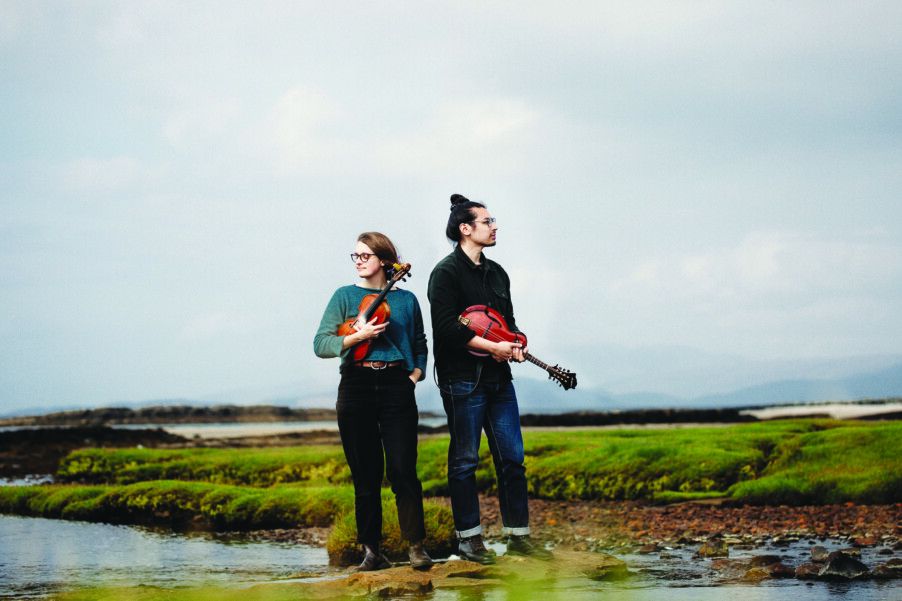Area stores participate in annual event
On May 4, 2002, Free Comic Book Day was launched to coincide with the premiere of the initial movie in Sam Raimi’s Spider-Man trilogy. The choice seemed fated when the play on words “May the Fourth be with you” gained popularity a few years later among Star Wars fans, around the time Disney acquired the franchise.
At the inaugural event, more than two million Spider-man, Star Wars, Tomb Raider and Justice League comics were given away. This year, there are 38 official titles, including Post Malone’s debut comic book and one based on the hit Netflix series Black Mirror. Ten different New Hampshire locations are participating.
Jetpack Comics
When Ralph DiBernardo opened his Rochester store in the late 2000s, he was quick to participate. First, he set up a small tent in the parking lot and a few hundred people showed up. It grew to a circus tent the next year, drawing a crowd of over 1,000. These days, DiBernardo said by phone recently, it’s city-wide.
“It takes place across 2 square miles; there are 20-plus businesses, a convention hall,” he said. “It’s a mini comic-con.”
However, after last year, he decided to scale back, worn down by months of planning and out of pocket costs. Fortunately, the Rochester Opera House stepped up. They offered support through activities like a Star Wars-themed spoof of Annie, which opens the same weekend as Free Comic Book Day, and an outdoor show by Kiss tribute band Hotter Than Hell. Anthony Ejarque, Executive Producer of the Opera House, led the handoff effort. “This event has such strong community support,” he said by phone recently, adding that there are literacy events at the library, and that The DaVinci Code author Dan Brown is donating some of his children’s literature. “He’s not able to attend, but we’re excited to get him on board.”
Double Midnight Comics
Two comic book fan brothers and their best friend from high school launched Double Midnight Comics in Manchester a few months after the first Free Comic Book Day in 2002. Originally located in Maple Valley Plaza, the store moved in 2023 to The Factory on Willow Street. It has a second store in Concord, which opened in 2013.
Double Midnight always goes big on Free Comic Book Day. The store launched Granite State Comicon in 2003, and Free Comic Book Day is a smaller version of that fall event. There are movie cars, a cosplay contest, food trucks, and the event space behind the store has vendor booths, including several local creators.
“You get to see people from the region that are making comics; it’s basically a chance to meet and discover some new talents,” Chris Proulx, Double Midnight co-owner, said by phone recently. There’s also live music from The Clemenzi Crusaders, a father and son nerd rock duo. “They do things like rock up the theme from Star Wars or The Simpsons.”
Proulx boasts that everyone who attends can count on going home with a big stack of comics, and he enjoys seeing fans, both new and old, experience Free Comic Book Day.
“It’s always fun to introduce people to comic books for the first time or have somebody that might be a past reader come back and rediscover comics,” he said. “And there are people that bring their friends and family and kind of introduce them to comics. So it’s a great, fun day.”
Merrymac Games & Comics
The Merrimack store will welcome a few creator guests to this year’s event, including Perhapanauts author Craig Rousseau, who’s worked on titles such as Young Hellboy, Harley Quinn and Batman Beyond. Also appearing is Joseph Schmalke, a comics creator, writer and illustrator. Schmalke is the publisher of the Midnight Factory comic line and author of Murder Hobo, One Last Trick and Prophets of Doom.
Stairway to Heaven Comics
Also hosting local creators is Stairway to Heaven Comics in Newington. The panel includes illustrator and graphic artist Jesse Lundberg, Jake Allen, who worked on Kings and Canvas, and Jeff Lorentz, whose credits include Skin of My Teeth and My Coworker is a Vampire.
Stairway to Heaven owner Brad Gile’s favorite thing about the annual event is seeing a well-blended crowd take in the creative pulse, the excitement of graphic art and storytelling.
“We get so many different types of people in here,” he said. “Folks that typically are not as interested in comics will come in and get excited meeting talented local creators. And there are a lot of really great comics for kids. It’s exciting to see all the happy kids come in and walk away with some really cool free comics.”
Free Comic Book Day
When: Saturday, May 3
Where: Various locations
More: List of free comics at freecomicbookday.com
Double Midnight Comics – dmcomics.com
252 Willow St., Manchester, 669-9636
341 Loudon Road, Concord, 715-2683
Stairway to Heaven Comics – stairwaytoheavencomics.com
109 Gosling Road, Newington, 319-6134
Merrymac Games & Comics – merrymaconline.com
550 DW Highway, Merrimack, 420-8161
Chris’s Comic Books – chriscardscomics.com
341 S. Broadway, Salem, 898-4151
919 Lafayette Road, Seabrook, 474-2283
Jetpack Comics – jetpackcomics.com
37 N. Main St., Rochester, 330-XMEN
Newbury Comics
777 S. Willow St., Manchester, 624-2842
99 Rockingham Park Blvd., Salem, 890-1380
310 DW Highway, Nashua, 888-0720
Featured photo: Post Malone’s Big Rig Comic. Courtesy image.





